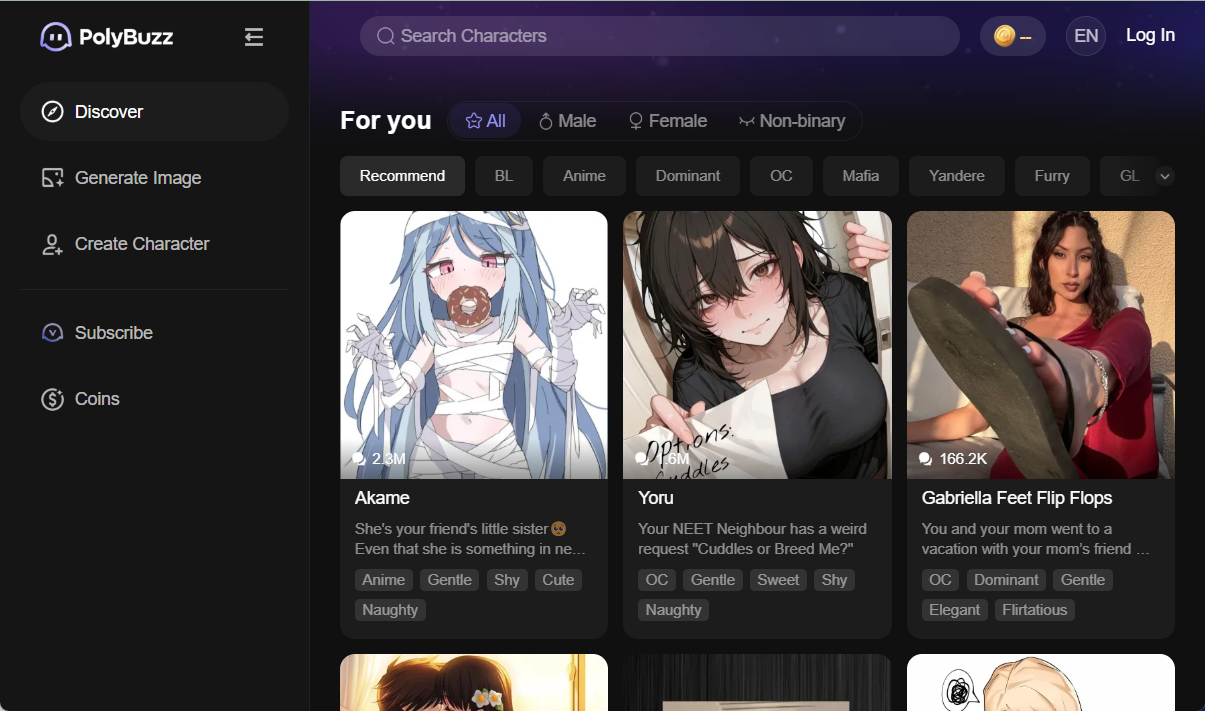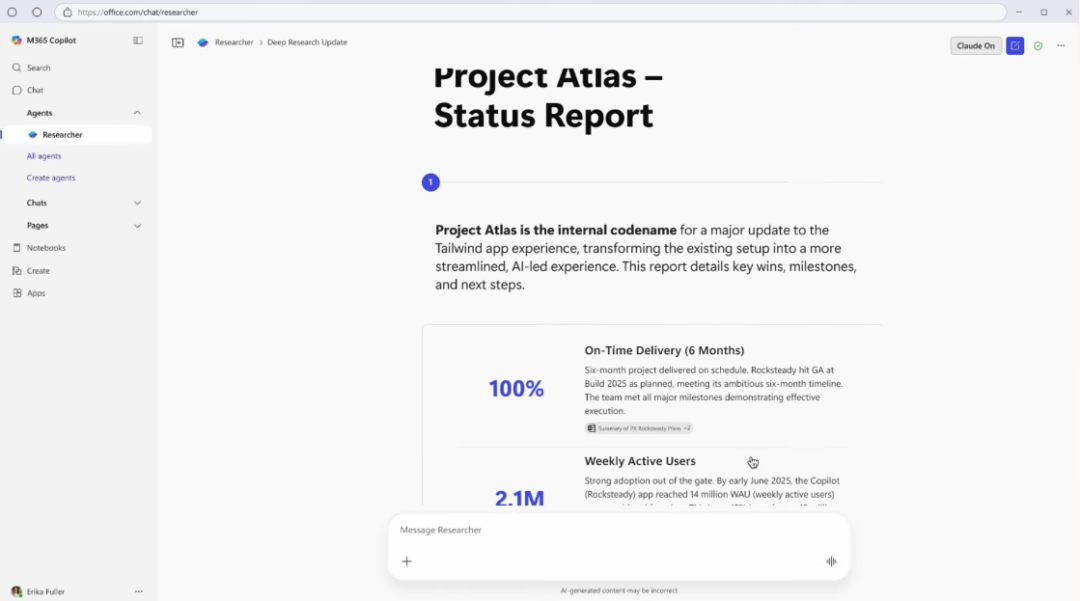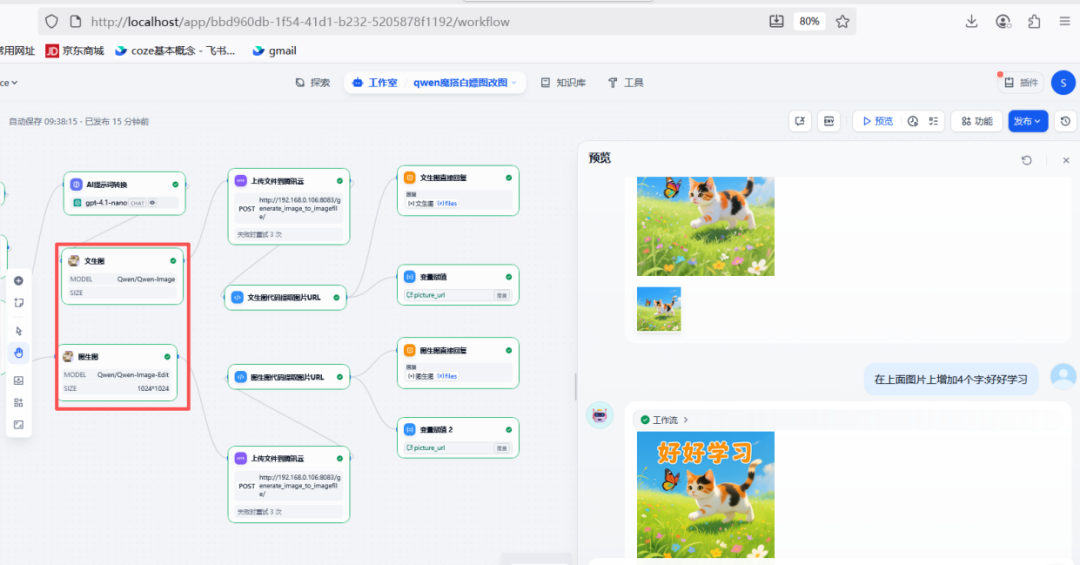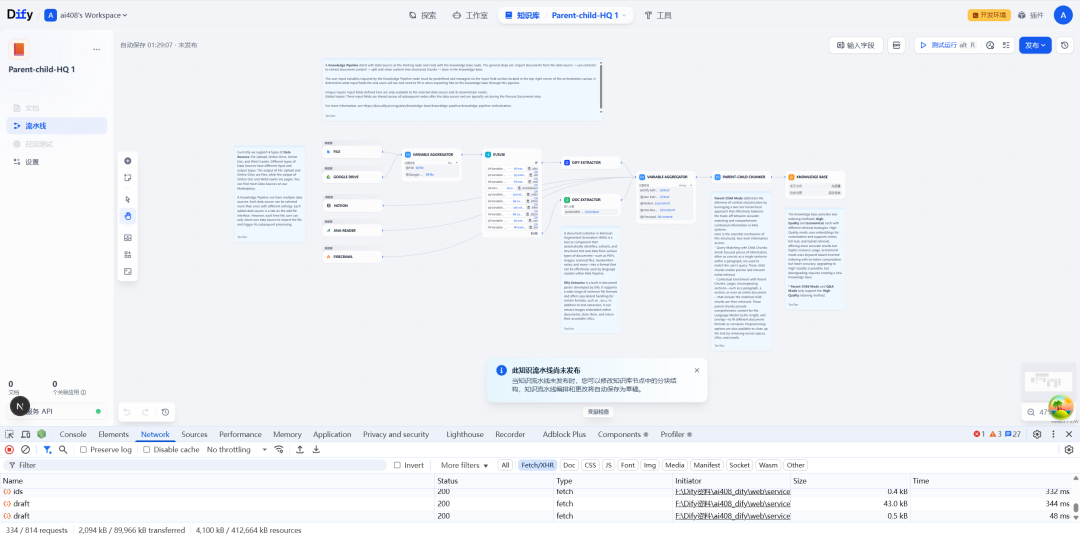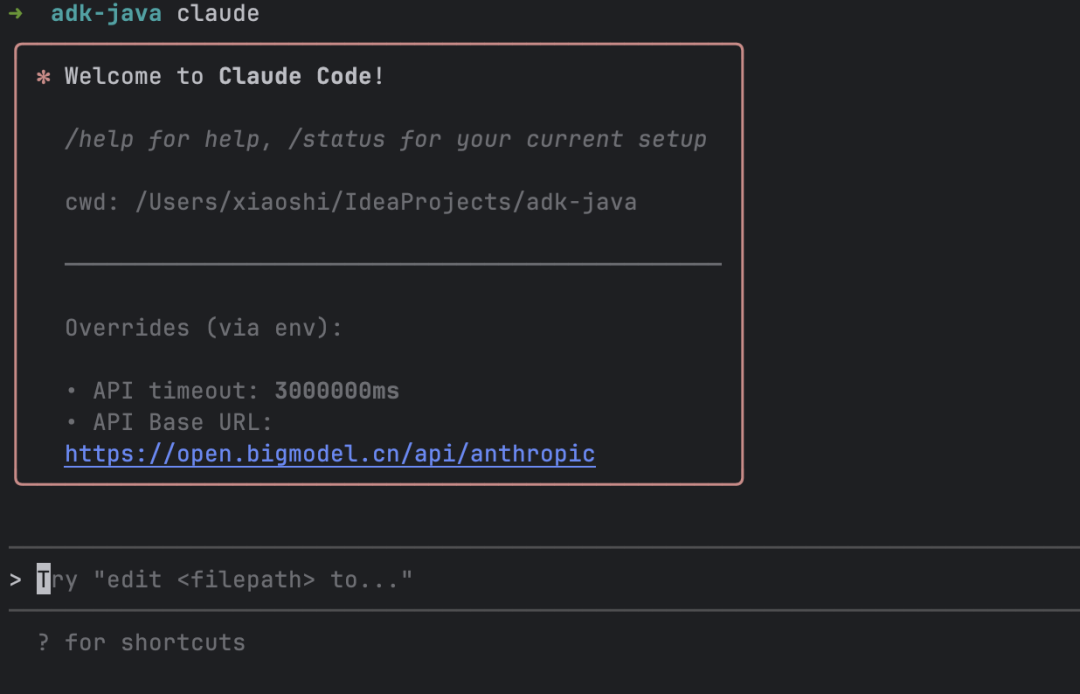Bee, as a new generation of conversation recording device, significantly outperforms traditional audio recorders in the following 7 dimensions:
- Intelligent Processing Capability: Converts speech to structured text in real time, whereas a recorder only saves the original audio, which needs to be manually organized at a later stage
- Depth of Scenario Understanding: Recognize semantic information such as tasks, events, character relationships, etc. in conversations through AI, the recorder lacks content analysis capabilities
- Privacy protection mechanism: Bee does not save the original audio by default and has a physical mute button, the recorder usually requires a software operation to pause it
- multimodal interaction: Support voice command, app control and physical button triple operation, the recorder is mostly a single mode of operation
- Continuous learning capacity: Optimize comprehension accuracy through user feedback on Fact Tinder, traditional devices do not have machine learning capabilities
- System Integration: Automatically synchronizes tasks to calendar/email system, recorder content needs to be manually dumped
- Wearable Design: Hands-free wearing style (wrist strap/pin) is more in line with modern office scenarios than a hand-held recorder
On the technical bottom layer, Bee adopts beamforming microphone arrays, which can effectively filter environmental noise and focus on recording the target sound source. Its cloud computing architecture supports real-time processing of multiple languages, whereas the offline recognition accuracy of ordinary voice recorders is usually low. Note, however, that Bee is available as a subscription-based service ($19 per month), which may cost more in the long run than a one-time purchase of a recorder.
This answer comes from the articleBee: AI wearable that records and summarizes daily conversationsThe







